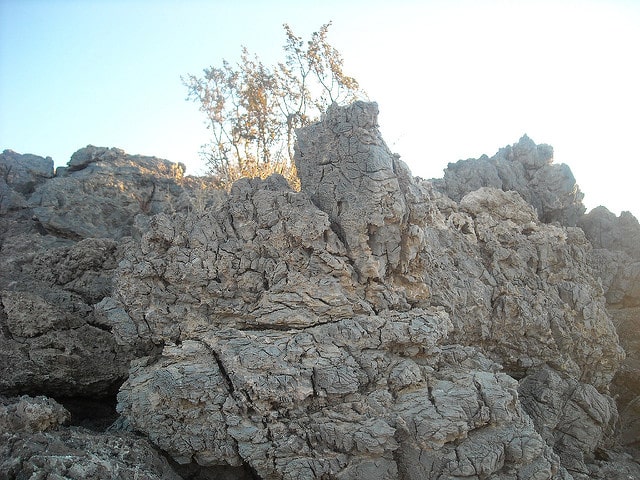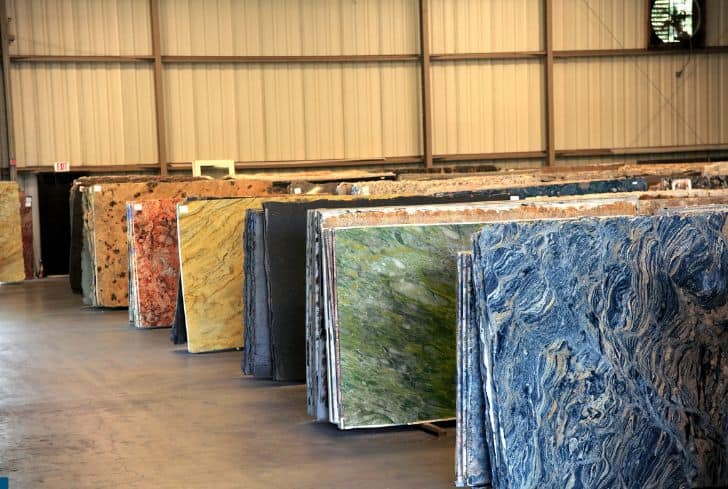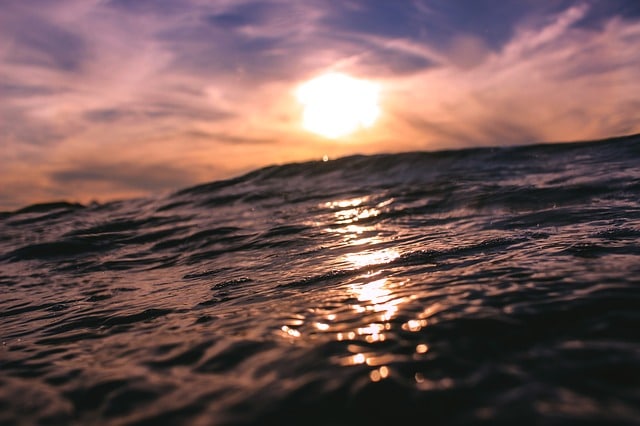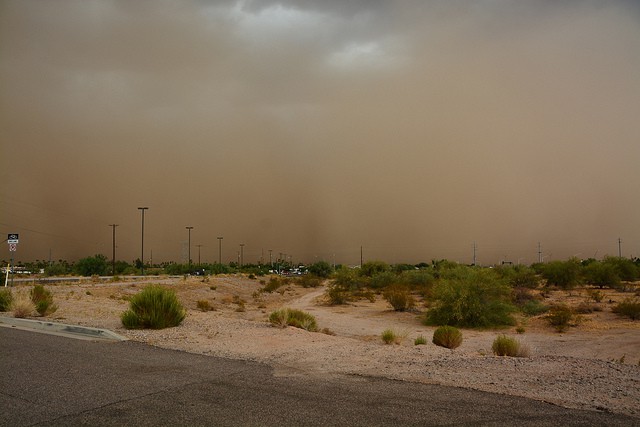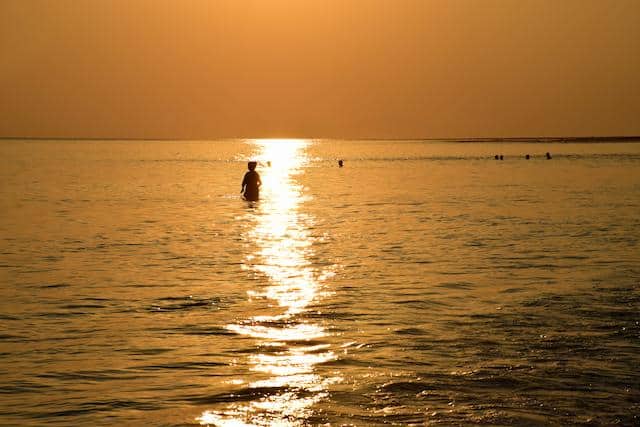Physical Weathering – Definition, Processes and Types
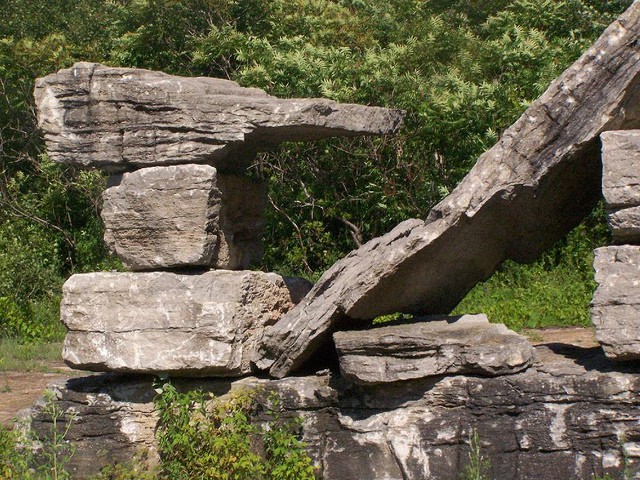
Physical weathering is also referred to as mechanical weathering. It is the weakening of rocks followed by disintegration due to the physical or mechanical forces including the actions on the rocks by abrasion, frost chattering, temperature fluctuations and salt crystal growth.
External environmental forces such as wind, water waves, and rain also consistently exert pressure on the rock structures resulting in accelerated disintegration. Physical weathering does not involve any chemical changes because the chemical composition of the rocks is never altered. Below is how the process occurs and the types of mechanical/physical weathering.
According to Wikipedia,
“Physical weathering, also known as mechanical weathering, is the class of processes that causes the disintegration of rocks without chemical change. The primary process in physical weathering is abrasion (the process by which clasts and other particles are reduced in size). However, chemical and physical weathering often go hand in hand. Physical weathering can occur due to temperature, pressure, frost etc. For example, cracks exploited by physical weathering will increase the surface area exposed to chemical action, thus amplifying the rate of disintegration.”
Learn more about Chemical Weathering.
Processes of Physical/Mechanical Weathering
Mechanical or physical weathering is a process that constantly takes place since nature influences it. The process usually happens near the surface of the earth influenced by wind, water, and temperature.
- Wind
The physical forces of wind act on the loose rocks, leaving them sculptured and denudated. Wind forces carry small particles and rocks that collide with the rocks, in turn, wearing then away. The forces of wind on physical/mechanical weathering are common in sandstorms in deserts.
- Water and Glacial Materials
Water, on the other hand, gets into the rocks and once inside the rocks and freezes. The frozen water expands and causes the rocks to weaken and widens the cracks. In the long-run, the bigger rocks are broken into smaller and smaller fragments. Moving ice in glacial areas also washes away rock fragments and disintegrates them into smaller pieces as the rocks interact with the forces and pressure of the frozen materials.
- Temperature Fluctuations
Fluctuations in temperature contribute to thermal stress. This is the contraction and expansion effect on the rocks because of temperature changes. Because of the uneven expansion and contraction, the rocks crack and disintegrate into smaller pieces. Eventually, these processes make the rock break down into finer and finer pieces.
Types of Physical Weathering
The various categories of physical/mechanical weathering are determined by the natural processes and physical forces. They include:
- Thermal Pressure
Changes in temperature contribute to expansion and contraction of the rocks. When the temperature of the rock rises, the rock expands and when the temperature of the rocks decreases, the rock contracts. Because the outer surface is more exposed than the inner surface, there is uneven contraction and expansion of the rock’s constituent minerals. This process results in physical stress, also termed as thermal pressure, which can crack or break the rock apart.
Rocks in the desert are highly affected by this process because during the day the temperatures are very high while in the night the temperatures are low. The continuous contraction and expansion during the day and night exert stress of two main types, thermal fatigue, and thermal shock, on the rocks which makes them to crack and eventually break into pieces. Wildfires can as well cause considerable weathering of the rocks as the intense heat rapidly expands the rock’s constituent minerals than normal.
- Freeze-thaw
Freeze-thaw also refers to frost chattering or frost weathering. When water enters the rocks through the pores and cracks, it freezes. Once the frozen water is within the rocks, it expands by about 10% thus opening the cracks a bit wider. The pressure acting within the rocks is estimated at 30,000 pounds per square inch at -7.6°F.
Over time, the repeated frost cycles of ice formation and ice melt alongside the changes in weather make the rock split off, and bigger rocks are broken into smaller fragments. Frost weathering is common in mountain areas and very cold regions where the temperatures are about the freezing point of water.
- Release of Pressure or Exfoliation
When the overlying rock materials are stripped by abrasion or other erosion processes, it gives rise to cracking, fractures and expansion of the underlying rocks parallel to the surface. This makes the underlying rocks to release the pressure in them.
Over time, sheets of rock separate from the stripped rocks and break into smaller pieces along the fractures through a process termed as exfoliation. Exfoliation happens when cracks form parallel to the land surface as an effect of the pressure release during abrasion, retreat of an overlying glacier, or rock uplifts.
- Salt-crystal Growth or Salt Weathering
Salt-crystal growth is also referred to as salt weathering or haloclasty. It occurs when saline solutions enter the rock pores or cracks and evaporates, leaving behind salt crystals. The accumulated salts crystals are heated up when environmental temperatures are high, and they expand thus releasing pressure on the rock, causing the rocks to disintegrate.
Salt crystallization may also happen when rocks such as limestone form salt solutions like sodium carbonate or sodium sulfate. The salt solutions form salt crystals when the moisture in them evaporates. These salts can expand three-fold or even more, and this phenomenon mainly takes place in drier and high-temperature areas. A prime example of salt-crystal growth is witnessed in honeycombed stones in the sea wall.
- Plant Growth and Animal Action
Trees and other plants can wear away rocks when their roots penetrate into the cracks in the rocks. As the roots get bigger, they exert pressure on rocks and make the cracks wider and deeper, eventually breaking the rocks apart. Burrowing animals such as moles, squirrels and rabbits loosen and disintegrate the rocks in the soil.
- Abrasion
Abrasion is the wearing down of rock particles by friction due to water, wind or ice. The continued vulnerability to these elements gradually breaks down the exposed surfaces of the rocks. It is the action on the rocks by wind, ice, rain, and waves combined.

